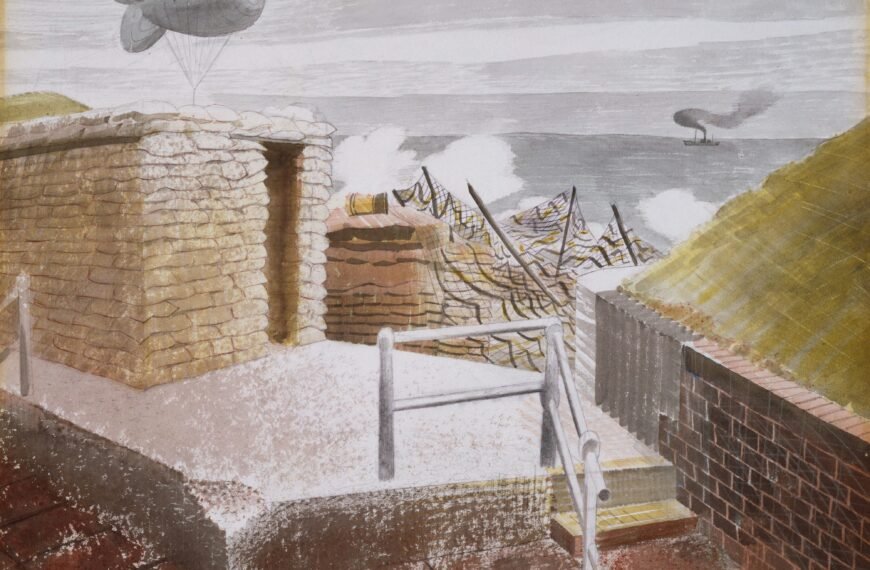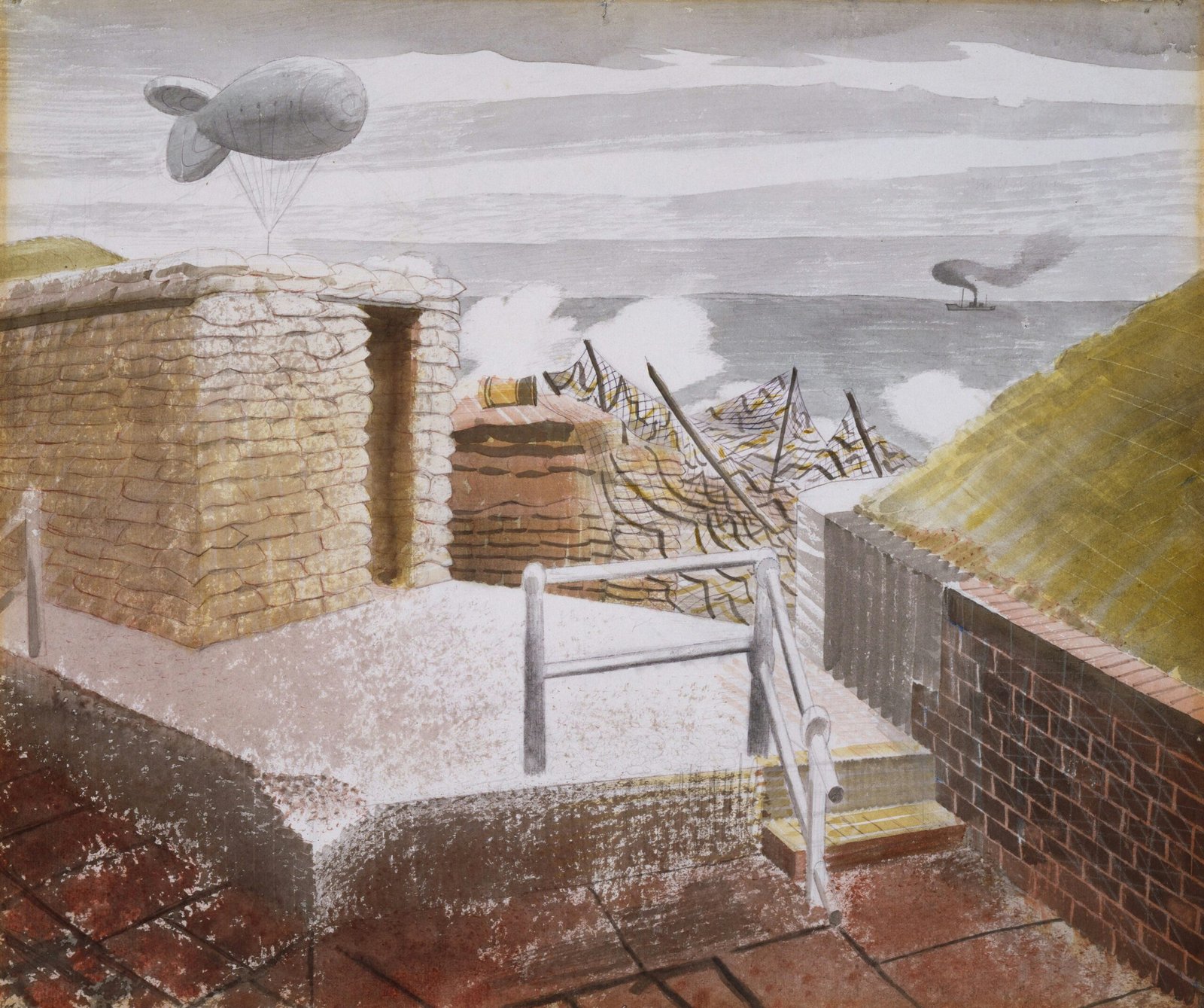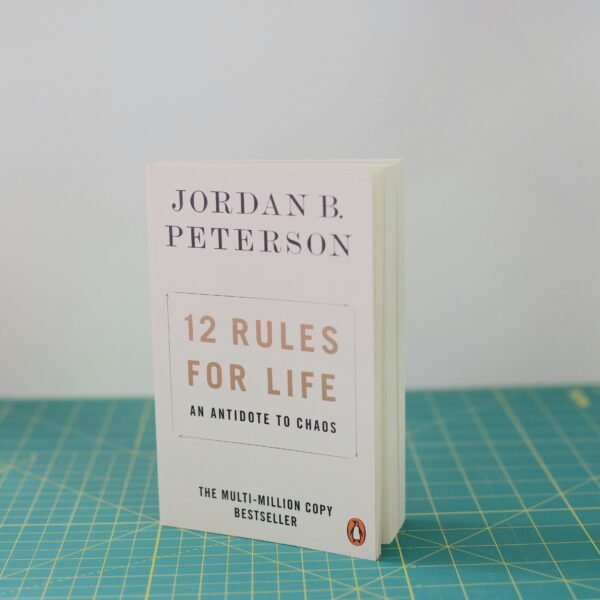Have you ever wondered how artists are using holography to create stunning and immersive artwork? Let’s take a closer look at the world of contemporary artists and holograms in this article.

Exploring the History of Holography
Holography, as an art form, has a rich history that dates back several decades. Initially used primarily for scientific and commercial purposes, holography has evolved into a medium for artistic expression. Artists began experimenting with holograms in the late 20th century, pushing the boundaries of what was possible with this unique technology.
Understanding Holograms in Art
Holograms in art are three-dimensional images created using lasers, light, and special film or glass plates. Artists use holography to transform their creative vision into dynamic and interactive pieces that engage viewers in new and exciting ways. The use of holograms in art allows artists to play with light, perspective, and perception, creating pieces that are visually captivating and thought-provoking.
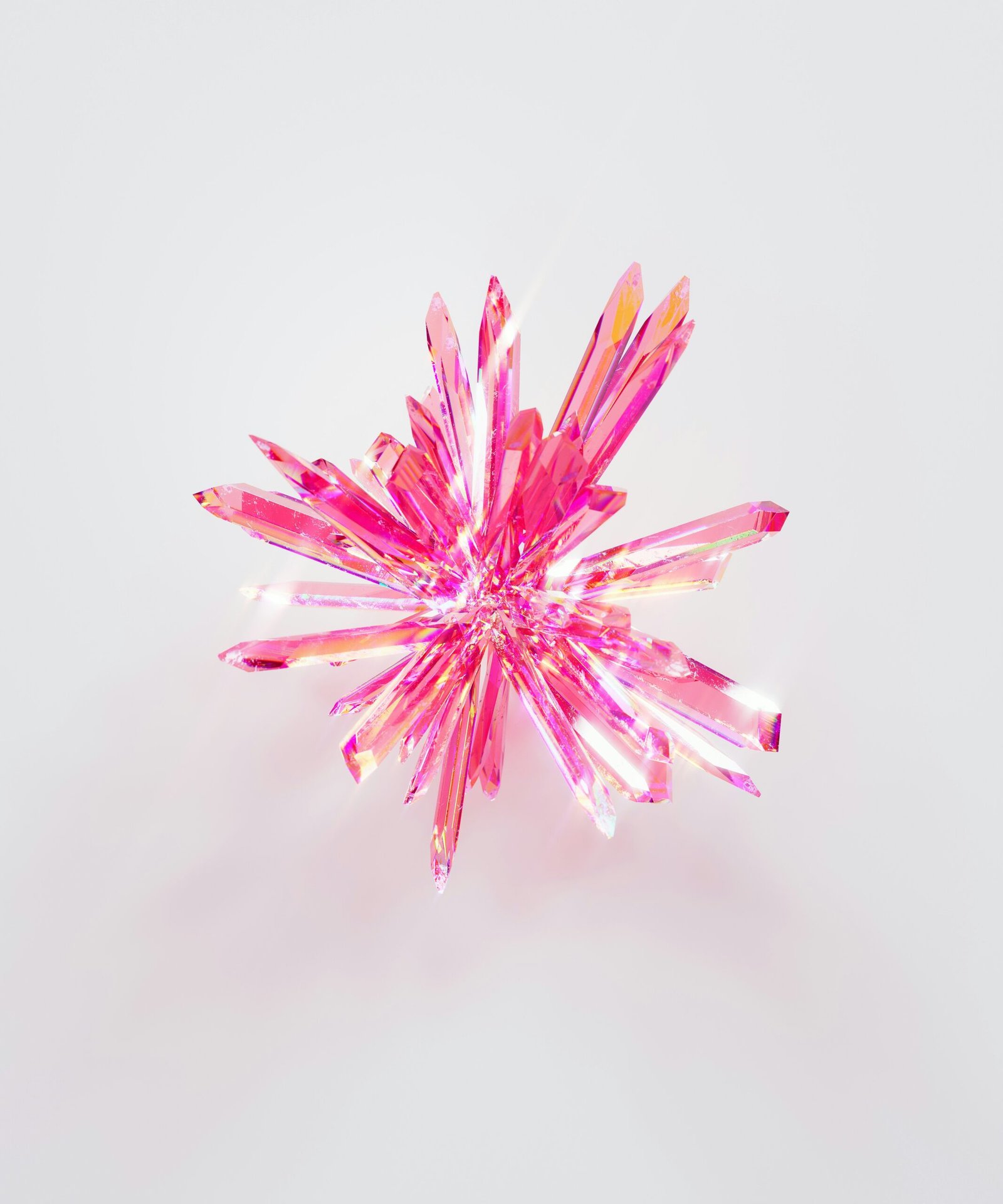
Notable Artists in Holography
Several renowned artists have embraced holography as a medium for their work, pushing the boundaries of traditional art forms. Artists like John Baldessari, Louise Bourgeois, Chuck Close, and Ed Ruscha have all experimented with holograms, creating groundbreaking pieces that challenge conventions and redefine the art world. These artists have paved the way for a new generation of creatives to explore the possibilities of holographic art.
The Getty Museum Exhibition
One of the most significant showcases of holographic art is the exhibition “Sculpting With Light: Contemporary Artists and Holography” at the Getty Museum in Los Angeles. This exhibition features works by some of the most influential artists in the field, highlighting the diverse and innovative ways in which holography is being used in contemporary art. Visitors to the exhibit can experience firsthand the mesmerizing beauty and complexity of holographic artwork.
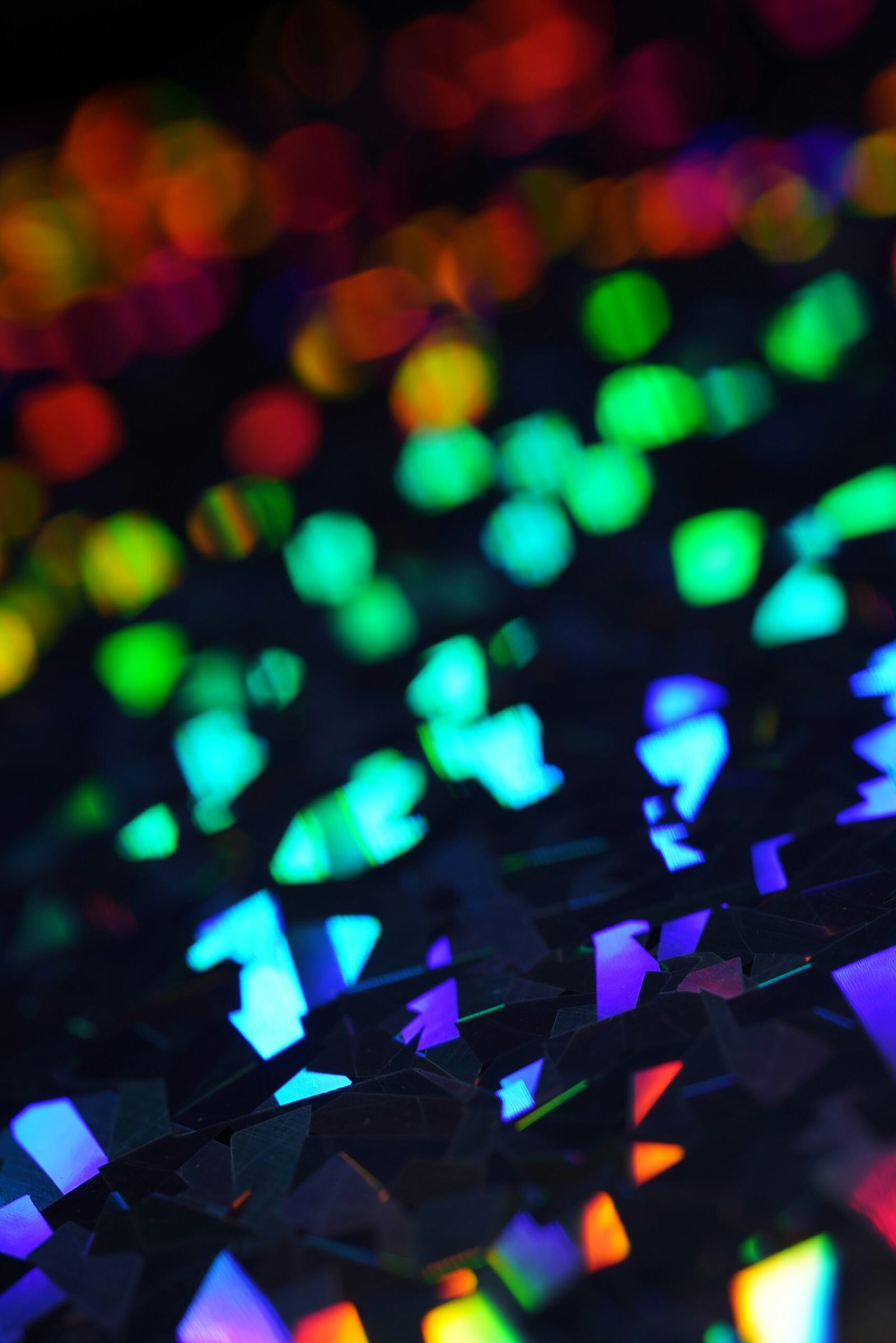
Deana Lawson: Pushing Boundaries with Holograms
Deana Lawson is a Los Angeles-based artist known for her intimate photo-portraits of Black Americans. Lawson’s experimentation with holography has led to the creation of captivating pieces that explore identity, culture, and representation in new and exciting ways. Her holograms invite viewers to engage with the artwork on a deeper level, challenging them to rethink their perceptions of reality and art.
Matthew Schreiber: Exploring the Spiritual in Holograms
Matthew Schreiber’s holographic creations are inspired by his experiences in Lily Dale, a mystical hamlet in New York known for its spiritualist community. Through holography, Schreiber explores themes of life, death, and the supernatural, creating immersive pieces that blur the lines between the physical and metaphysical worlds. His holograms offer viewers a glimpse into the unknown, inviting them to question their beliefs and perceptions.
Table: Notable Artists in Holography
| Artist | Style | Notable Work |
|---|---|---|
| John Baldessari | Conceptual | “XYZ Hologram” |
| Louise Bourgeois | Sculptural | “Maman Hologram” |
| Chuck Close | Photorealistic | “Self-Portrait Hologram” |
| Ed Ruscha | Pop Art | “The End Hologram” |
| Deana Lawson | Portrait | “Torus Hologram” |
| Matthew Schreiber | Spiritual | “Transcendence Hologram” |
By exploring the works of these artists and others, you can gain a deeper appreciation for the power and potential of holography as a medium for artistic expression. The use of holograms in art offers a unique and innovative way to engage with audiences, pushing the boundaries of traditional art forms and creating immersive experiences that linger in the mind long after viewing.
Ultimately, the world of contemporary artists and holography is a vibrant and dynamic space where creativity knows no bounds. Whether you’re a seasoned art enthusiast or a curious newcomer, exploring the intersection of art and technology through holography can open up new dimensions of understanding and appreciation for the work of talented artists around the world. With holograms, the possibilities are endless, and the art world is brighter, more colorful, and more mesmerizing than ever before.

